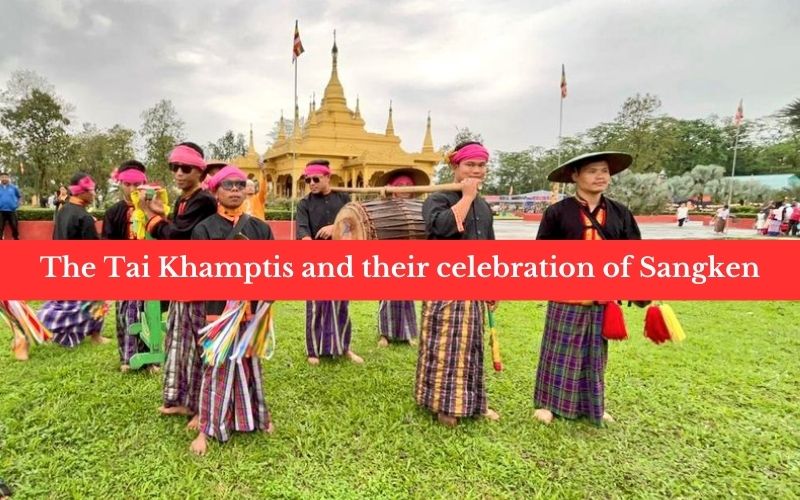
The Tai Khamptis and their celebration of Sangken
The Tai-Khampti tribe is one of the indigenous tribes residing in the northeastern state of Arunachal Pradesh in India. The Tai-Khampti people primarily inhabit the eastern part of the state in the district of Namsai and some parts of Lohit and Changlang. The community is known for its rich cultural heritage, traditions, and festivals, among which the Sangken Festival is one of the most important and widely celebrated. It is believed the community came to the northeastern region during the 1750s with their ancestral roots descending from the banks of the Irrawaddy River. They have developed their own script for their language, called 'Lik -Tai', which has roots in the Shan (Tai) script of Myanmar. The word 'Khampti' means 'a land full of gold' (khamp: gold; ti: place).
The Tai-Khamtis have incorporated Theravada Buddhism into their way of life and culture. Their cultural heritage, both tangible and intangible, reflects the characteristics of South-East Asian culture.
Khampti life is incomplete without the joyous celebrations that span the entire year. Each month brings with it a unique fair or festival, such as Mai-Ka-Sung-Phai, Khao-Wa, Poat-Wa, Buddha Purnima, and Poy Kathing, that are marked with religious fervor and exuberance. Among, all the celebrations, ‘POI PEE MAU’, which is the Tai New Year Celebration, holds exceptional significance for the Tai-Khampti community, bringing them together in a spirit of unity and harmony.
One of the most eagerly awaited and significant festivals of the Khamptis is the ‘Sangken Festival’ which is also known as the ‘Festival of Water.' This festival is celebrated to mark the traditional New Year and is centered around a cleansing ritual where people pour water on one another. The festival is the main celebration of the Khampti community and is eagerly awaited every year. With the cleansing ritual serving as a symbolic representation of starting a new year, ‘Sangken’ holds great importance for the Khamptis, adding to the richness of their festival calendar.
The festival is also celebrated by Singpho, Khamyang, Tikhaks (Tangsa) and Phakyal communities of Arunachal Pradesh and it is a vibrant socio-religious celebration of the Theravada section of Buddhism. Occurring during the month of ‘Naun-ha’ on the Khamti calendar and coinciding with the Sankranti of Baisakh, the festival serves as a joyous welcome to the new year, typically falling between April 13th and 15th. Derived from the Sanskrit word ‘Sankranti,’ Sangken is also celebrated in other nations, including Myanmar, Thailand, Laos, and Cambodia.
Sangken in Arunachal Pradesh
On the day of the Sangken, the Lord Buddha idols are taken from Vihara (temple) to Kyongfra, a temporary shrine. By sprinkling fresh water on the idols and the rope of the Dharma and Sangha that make up the three jewels of Buddhism, one might evoke the blessing of the Lord. Sangken, the festival of water for peace and harmony, draws crowds dressed in fresh, vibrant costumes. The most obvious way of celebrating Sangken is by throwing water. Khamti unmarried youths roam the streets with buckets of water and drench each other and passersby. The elderly and married people generally don’t participate in this practice.
For preparations for the festival, Kyongfra, a temporary shrine for keeping the idols of Buddha during Sangken, is constructed with bamboo and toko leaves. This shrine is then adorned with vibrant flowers and intricate paper decorations. The Lungkong, a water fountain, is connected to the boat-shaped wooden structure of Hoelin, where clean water is poured and rushed to the Lungkong with a gentle force, causing a beautiful rotary movement that sprinkles the idols with scented water.
The celebration doesn't stop there, as clean water is also poured over holy objects, such as the Bodhi tree and Sailik, and is even used to seek blessings from the Bhikkhus and the elderly. As the festival progresses, people engage in light-hearted fun by playfully dousing each other with water, similar to the "Holy" festival in other regions, but unlike Holi here they play without the use of colors.
Sangken is a time to honor Lord Buddha and seek his blessings for the betterment of humanity, for peace, harmony, good luck, and good health. The festivities last for three days, during which people exchange gifts and sweets, culminating in the return of the idols to the Viharas, signifying the end of the old year and the beginning of the new.
Sangken is not just a festival; it is an expression of the community's rich cultural heritage and a reminder of their roots. It is truly a sight to behold and an experience to cherish.
Disclaimer: The opinions expressed in this article are those of the author's. They do not purport to reflect the opinions or views of The Critical Script or its editor.

Newsletter!!!
Subscribe to our weekly Newsletter and stay tuned.



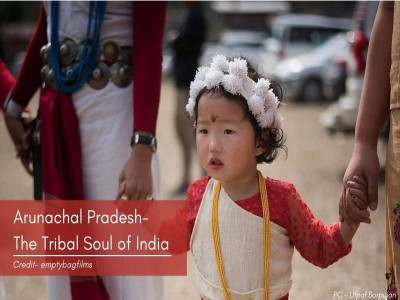

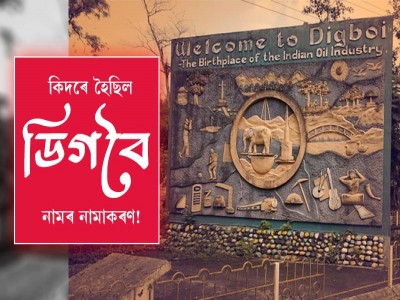
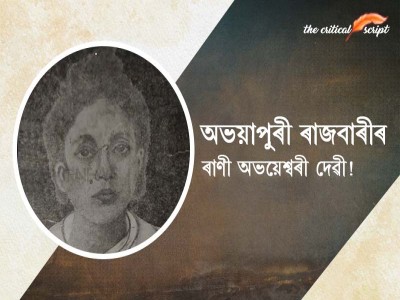
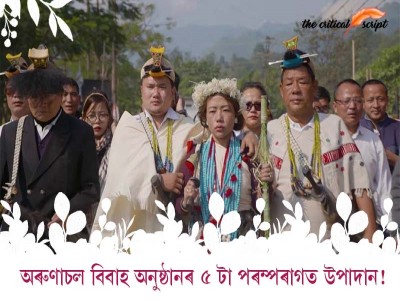









Related Comments